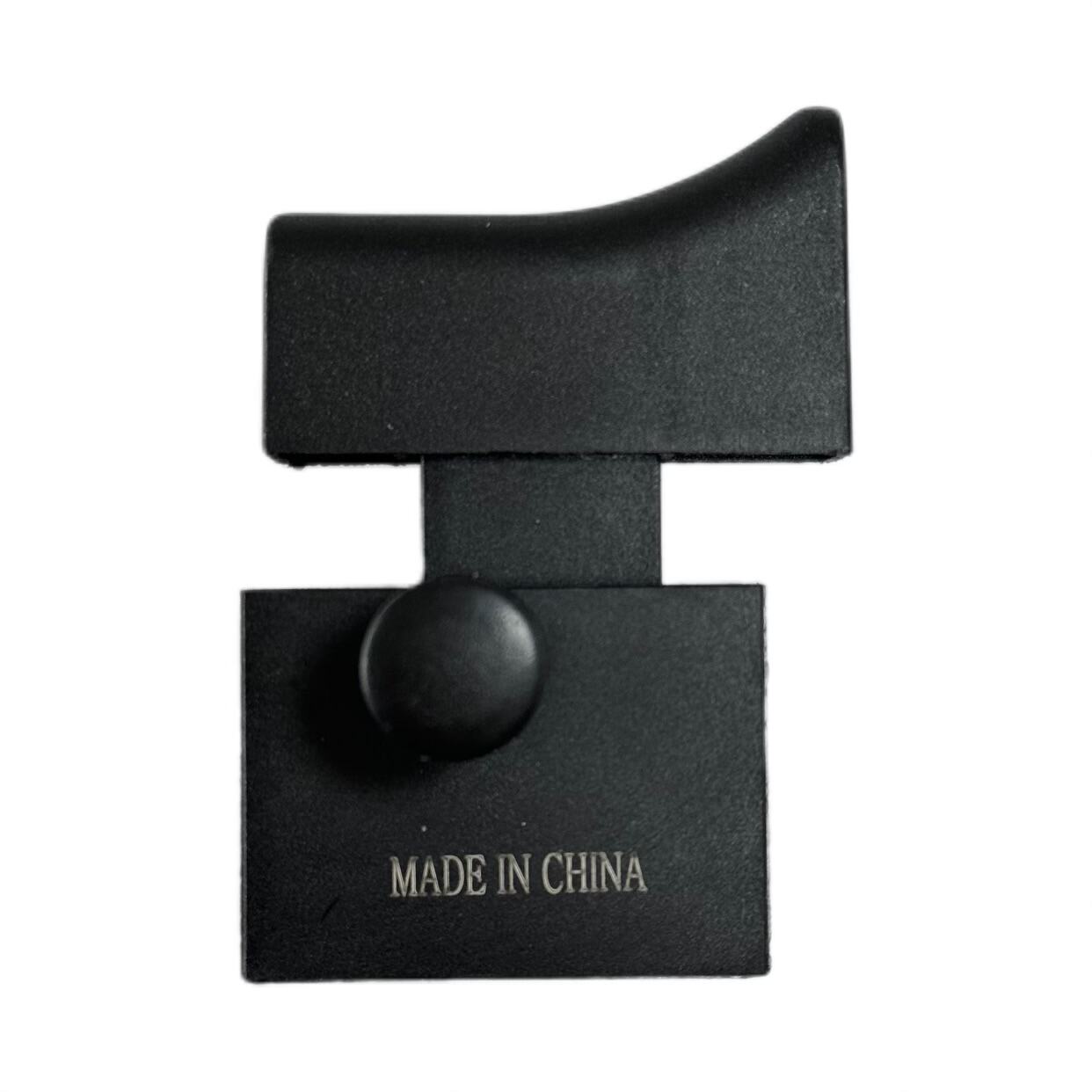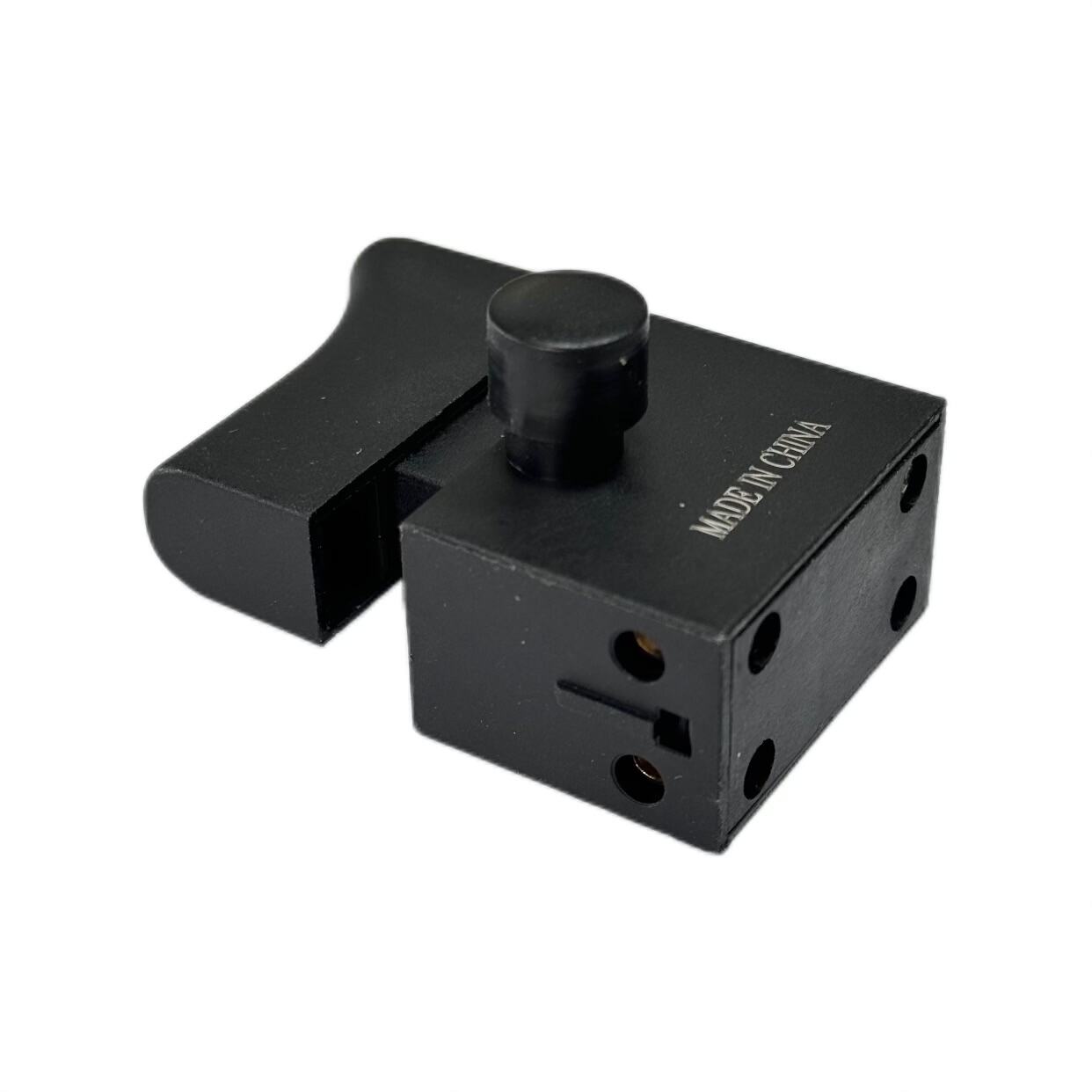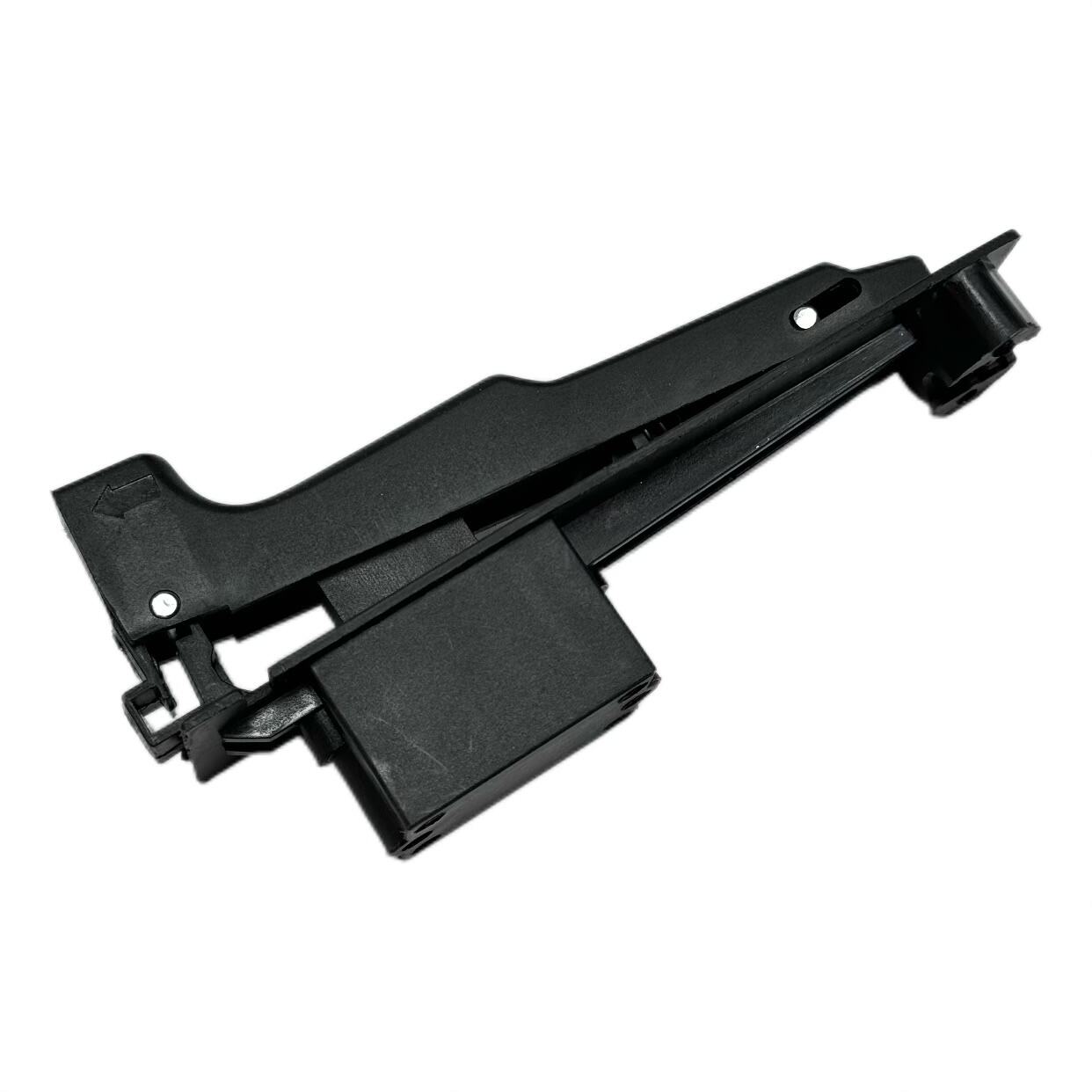hammer drill switch
The hammer drill switch is a crucial component that controls the operational modes and functionality of hammer drills, enabling users to seamlessly transition between different drilling modes. This sophisticated mechanism typically incorporates multiple positions to accommodate various drilling applications, including standard drilling, hammer drilling, and in some models, a rotation-only mode. The switch is engineered with durability in mind, featuring robust construction to withstand frequent use and the high-impact nature of hammer drilling operations. It integrates seamlessly with the drill's internal gearing system, allowing for precise control over the hammering action and rotational speed. Modern hammer drill switches often incorporate ergonomic designs for easy access and operation, even while wearing work gloves. The component is designed with safety features that prevent accidental mode changes during operation, ensuring consistent performance and user protection. Advanced models may include electronic controls that work in conjunction with the physical switch to optimize power delivery and efficiency across different materials and applications. The switch mechanism is typically sealed against dust and debris, contributing to the tool's longevity and maintaining reliable performance in challenging work environments.


